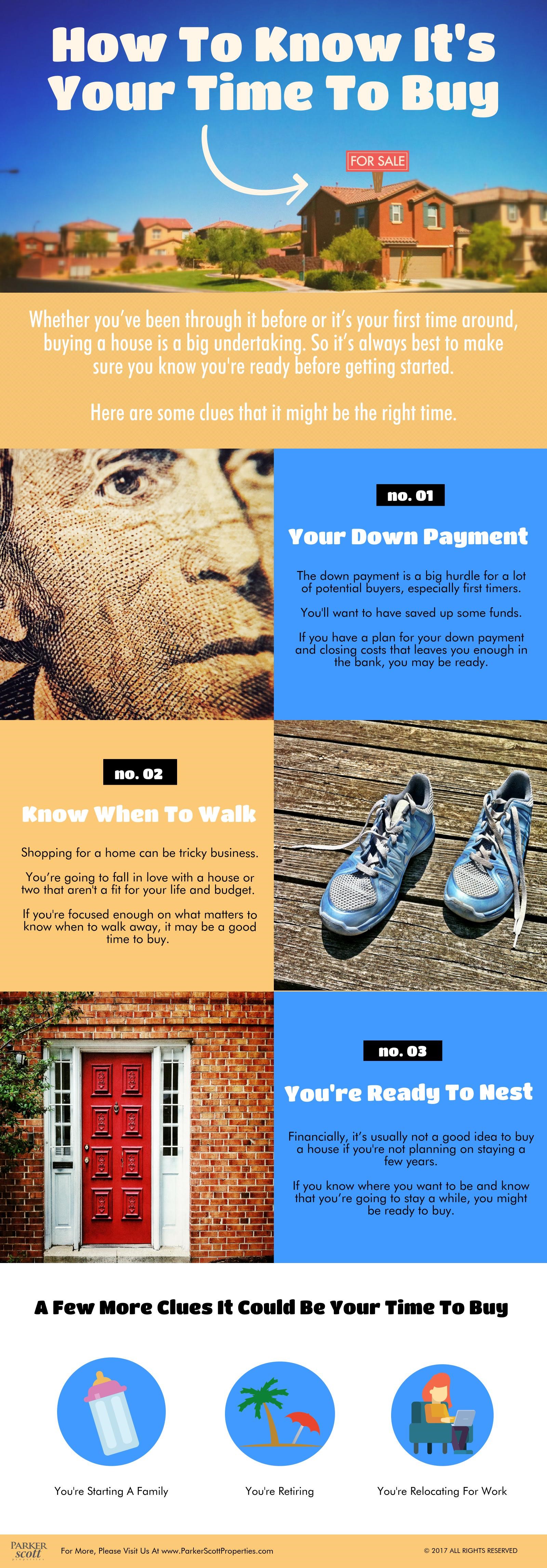When looking for a house to buy, you aren’t necessarily always looking for the biggest house. After all, the size of the home you choose will be determined, in part, by things like the size of your family, storage needs, how many bathrooms and bedrooms, etc. Mostly, though, it’ll be determined by your budget. Because, when it comes down to it, we all would like a little more space. For that reason, a recent study looked at the largest 45 cities in the country and calculated the median home size and cost per square foot, in an effort to figure out which cities have the biggest homes and which give buyers the most space for the best price. The results show that the South has the biggest homes, with three of the top five cities located in Texas. In fact, Houston was the city with the largest median home size at 1,952 square feet, with Atlanta, Washington DC, Dallas, and Austin rounding out the top five. Southern cities also tend to have a lower price per square foot. For example, while Houston has the biggest homes, the median price per square foot was $100. By comparison, cities like San Francisco, Boston, and Denver have smaller homes but higher prices, mostly due to the fact that the housing stock in those areas is older. More here.
Number Of Sellers Reducing Their Price Increases
Naturally, potential home buyers become more concerned about affordability conditions as prices and mortgage rates rise. And since the past few years have seen both things happen, there’s been increasing concern about whether or not now is a good time to buy a house. That’s not to say there hasn’t been demand for homes. In fact, there are plenty of interested buyers and not enough homes to accommodate them, which is why prices have been rising in the first place. But recently, there’s been more data suggesting that home prices are beginning to soften. In fact, one recent report shows that 26.6 percent of homes listed for sale in September dropped their price, which is a nearly 5 percent increase from the same time last year. That’s good news for buyers, as is the fact that price drops have been showing year-over-year improvement since the end of March. Added to the fact that mortgage rates, while higher than last year, are still well below what is historically normal, the news about home prices means affordability may, once again, be moving in a more balanced direction and one that benefits buyers. More here.
Number Of Million Dollar Metros On The Rise
As everyone knows, real estate is mostly about location. What $500,000 buys you in one neighborhood will be far different than what it affords you in another. Put another way, your money will go a lot farther in the Midwest than it will on the West Coast. Which is why a recent analysis showing a growing number of cities where the median home value is $1 million or more isn’t quite what it initially seems. Though it’s true that the number of million dollar cities has doubled over the past five years and that, within a year, there will likely be 23 more, a closer look at where these cities are will help explain the numbers. That’s because most of those new million dollar cities are located in areas that are already among the most expensive in the country. For example, more than half of the new metros added will be in the areas surrounding major cities like Los Angeles, New York, Seattle, and San Jose. Which means, while it still represents an increase in home values across the country, the growing number of million-dollar metros doesn’t necessarily reflect an acceleration in home price increases. More here.
Are Cities Becoming More Popular Than Suburbs?
Suburbs sprouted out of a desire to have the conveniences of urban life but also the space and privacy of living outside the city. In other words, the best of both worlds. And for decades, suburban areas, based on that promise, grew at a faster rate than the nation’s cities. Americans spread out from city centers and moved further and further away. But, according to a new report from the Urban Land Institute, we may now be starting to move back. In fact, between 2010 and 2015, dense urban locations saw their populations grow faster than the residential neighborhoods of their surrounding suburbs. There are a few reasons for this. One is that rental apartment inventory grew at about twice the rate of inventory in the suburbs. Also, there were more jobs created in city centers than in suburbia during this period. However, though there are many factors driving Americans back into the city, the report also notes that urban living costs more, which means younger Americans – who are most likely to desire an urban lifestyle – may be increasingly unable to afford it. More here.
Generation Z May Become Homeowners Earlier
Generation Z – which is defined as people born between the mid-1990s and early 2000s – is quickly approaching adulthood and will soon face the decision of where to live and whether to rent or buy. But, according to a recent analysis, they may be facing challenges past generations didn’t. For example, the results of one study show that they will spend less time renting but will pay more than young people have in the past. With current median rent at $1,418 per month and rising, generation Z is expected to spend $226,000 on rent in their lifetime. That’s a lot. And it’s more than baby boomers or millennials spent. But despite that, generation Z is expected to become homeowners earlier than millennials have. One reason is the cyclical nature of the economy. Another is the fact that more than half say they considered buying before renting their current place. Also, they are just as likely as older generations to say they consider owning a home to be part of achieving the American Dream. In other words, if long-term economic trends hold up, the next generation of home buyers will have a better economy and job market to help fuel their dreams of homeownership. More here.
Take A Seat
Compromise Isn’t Just For Home Buyers
With buyer demand high and the number of houses for sale low, today’s market is favorable for homeowners who want to sell. But though they’re likely to find interested buyers, homeowners shouldn’t expect that everything will always go their way. In fact, a home’s sale almost always involves a negotiation and home sellers, just like buyers, should expect to have to compromise here and there. For example, 76 percent of sellers said they had to make at least one concession when selling their home, according to one recent survey. That means, even in markets that favor sellers, homeowners should have some flexibility when it comes to working out the details of the final sale. Home sellers should also be prepared to make some pre-sale improvements to their house, as the vast majority of recent home sellers also said they had to fix up their home before listing it. In short, regardless of how hot your local market is, you still have to get your house in shape and work with your home’s buyer to ensure the sale is a success on both ends. More here.
High-End Neighborhoods Make Most Popular List
When searching online listings for homes to buy, it is sometimes difficult not to wander outside of your price range for a look at houses you’d love but can’t afford. This is true no matter what your particular price range might be. There will always be a house just out of your reach that’ll catch your curiosity. And the internet has made it easier than ever to get a glance of the high-end homes you’d previously only be able to see from the road. Proof of this can be found in a recent analysis of the country’s most popular neighborhoods based on page views. The top 20 features the nation’s most desirable addresses in some of the most exclusive zip codes. The Oaks in Los Angeles was the top neighborhood, followed by places like Tuxedo Park in Atlanta, Presidio Heights in San Francisco, and New York’s Crestwood neighborhood. But, in this case, the number of views a particular house or neighborhood receives isn’t likely to reflect an increase in the number of potential buyers. More likely, these neighborhoods reflect – not where Americans are buying homes – but where they dream of buying homes. More here.
Housing Outlook Says Take The Long View
If you spend any time following the real estate market or economy, you know there’s no shortage of data. Nearly every day there’s a new report detailing some corner of our economic lives, whether it’s consumer spending, mortgage rates, jobs, or home sales. But reading the day-to-day news reports can sometimes give you a distorted view of what’s really happening. That’s because monthly updates on the housing market’s ups-and-downs can be more volatile than a look at annual results. And so it’s important to take a big-picture view of the market from time to time. For example, Fannie Mae’s most recent Economic and Housing Outlook says, despite a slower-than-expected first quarter, the economy will continue to grow. And, according to Doug Duncan, Fannie Mae’s chief economist, home sales will also continue to improve, despite a more challenging environment for buyers. “Soft residential investment last quarter should prove temporary, as home sales resume their slow upward grind, with inventory shortages playing friend to prices but foe to affordability and sales.” More here.
How To Know When It’s Your Time To Buy


